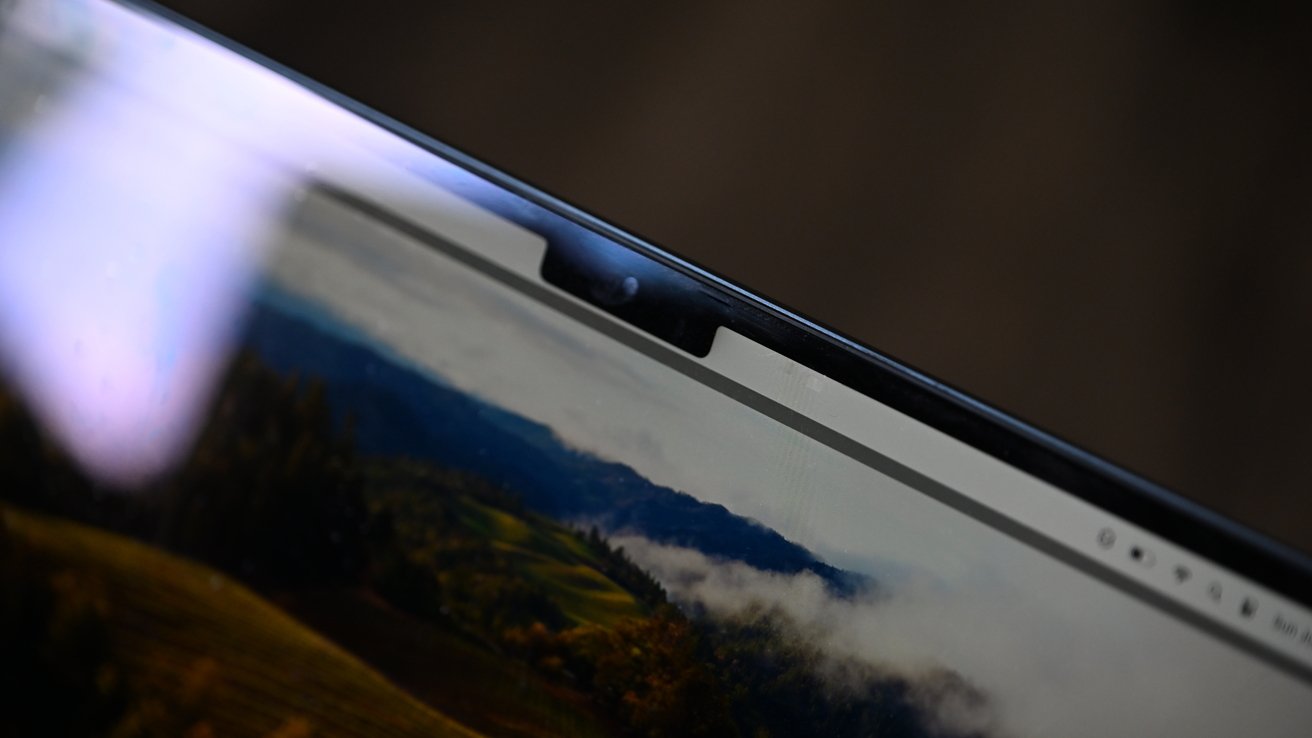In an era where digital privacy is paramount, many individuals resort to using webcam covers to prevent unauthorized access to their laptop cameras. While this practice may seem like a prudent measure, it poses significant risks to the integrity of your MacBook’s display.
Understanding the Design Constraints
Apple’s MacBook series is renowned for its sleek and compact design. This aesthetic is achieved through precise engineering, resulting in minimal clearance between the display and the keyboard when the laptop is closed. Introducing any foreign object, such as a webcam cover, disrupts this delicate balance. The added thickness can exert uneven pressure on the screen, potentially leading to cracks or other forms of damage. Apple explicitly warns against this practice, stating that closing a MacBook with a camera cover installed can harm the display due to the tight tolerances in its design.
Potential Interference with Built-in Sensors
Beyond the risk of physical damage, placing a cover over the webcam can interfere with the MacBook’s ambient light sensor. This sensor plays a crucial role in features like automatic brightness adjustment and True Tone display, which adapt the screen’s color temperature based on surrounding light conditions. Obstructing the sensor can lead to suboptimal display performance, affecting user experience.
Built-in Privacy Features: A Safer Alternative
Apple has integrated several features into macOS to address privacy concerns without the need for physical covers:
– Camera Indicator Light: Whenever the camera is active, a green indicator light illuminates, providing a clear visual cue. Apple assures users that the camera cannot operate without this light being on, ensuring transparency about when the camera is in use.
– App Permissions: Starting with macOS Mojave, applications must request explicit permission to access the camera. Users can manage and revoke these permissions at any time through the System Settings, offering control over which apps can utilize the camera.
Addressing Workplace Policies
Some organizations mandate the use of webcam covers as part of their security protocols. In such cases, it’s essential to choose covers that are exceptionally thin—no thicker than a standard piece of printer paper—and free from adhesives that could damage the screen’s coating. Additionally, it’s advisable to remove the cover before closing the MacBook to prevent potential damage.
Alternative Solutions
For those seeking a non-invasive method to cover the webcam, consider using a small piece of paper or a Post-it note without adhesive. These can be placed over the camera during use and easily removed before closing the laptop, mitigating the risk of damage.
Conclusion
While safeguarding your privacy is crucial, it’s equally important to protect the physical integrity of your MacBook. Relying on the built-in privacy features of macOS offers a secure and damage-free solution. If external covers are necessary due to workplace requirements, ensure they are thin, non-adhesive, and removed before closing the device. By adopting these practices, you can maintain both your privacy and the longevity of your MacBook’s display.



